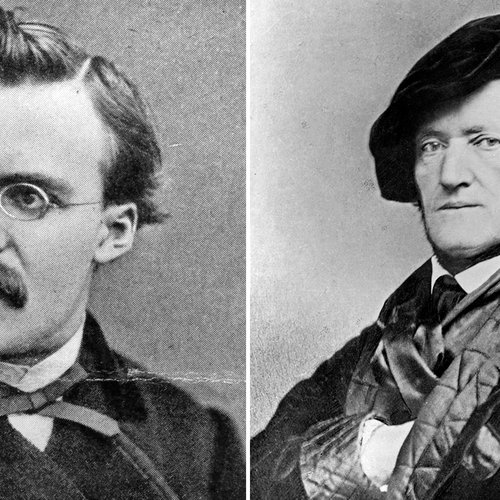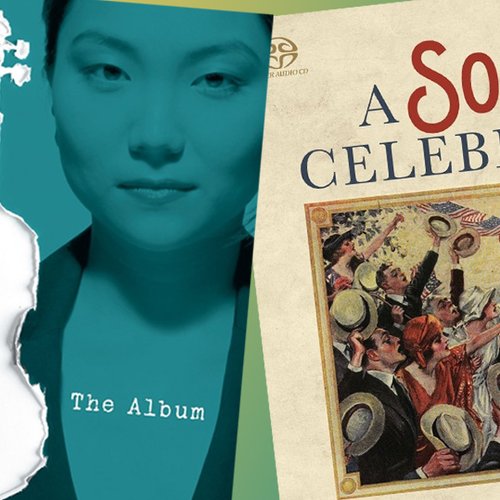Wagner - Tannhäuser
Wagner didn’t really do understated, and 1845's Tannhäuser is the perfect example, from its bracing Overture to its shattering climax. His works were epic in scale, fantastically mythological in plot, and revolutionary in both length and orchestration.
In the case of Tannhäuser, even the word ‘opera’ wasn’t deemed to be sufficient: Wagner initially referred to it as a ‘romantic grand opera’ but then elevated the work to a ‘consummate drama’, as he described it to his wife Cosima in 1882.
Tannhäuser and the Song Contest at the Wartburg, to use its full name, is a three-act opera set in the thirteenth century. It encompasses goddesses, nymphs, sirens, knights and a whole host of other fantastical characters. The opera’s Overture is its most famous section: the shimmering, dramatic chords give way to a series of thrilling and expansive themes, which very much set the scene for the action that follows. The woodwind convey chanting pilgrims (listen out for the sombre sound of the clarinets and bassoons), while the aching and arching string lines allude to sexual temptation and lust. In just under fifteen minutes, Wagner certainly manages to cover a lot of ground!
The composer himself conducted the premiere of Tannhäuser at Dresden’s Royal Saxon Court Theatre, on 19 October 1845. In between finishing the score and conducting the first performance, he had been on a long holiday to the spa city of Marienbad, along with his wife, his dog and his parrot.
Illustration: Mark Millington












